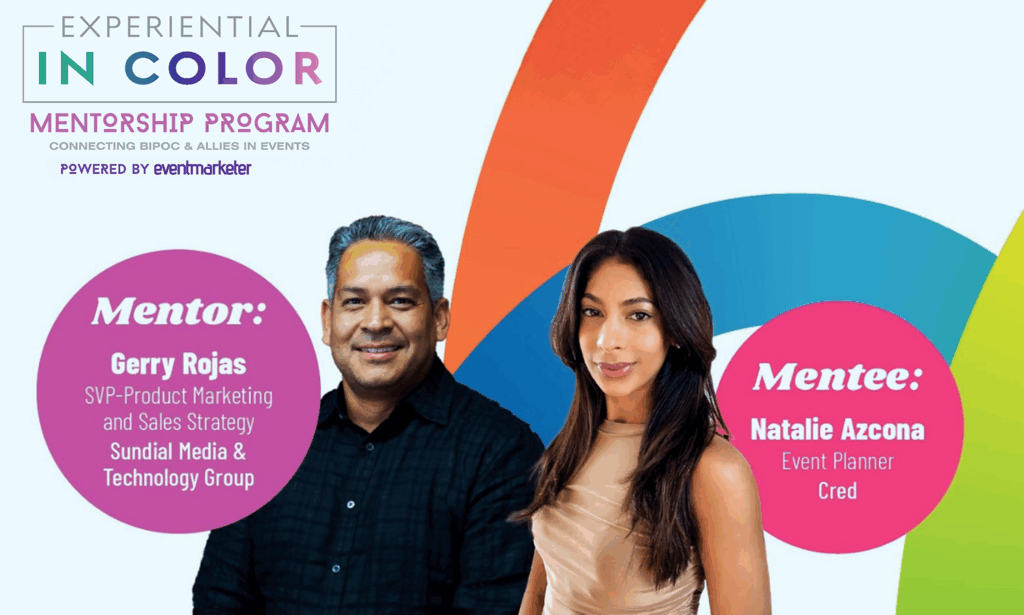Ad blockers are popular. This isn’t news. They’ve actually been available for years on desktop and Android mobile devices, but since they just became available for iOS, the conversation around them has exploded. Thanks, Apple!
The net result for marketers? Consumers are paying to block your ads. Not necessarily because they hate ads, but because they hate a poor web experience. The unspoken agreement that consumers would willingly view ads in exchange for free content was violated when pop-ups, auto-play video and data tracking drove content download times off a cliff. While the rise in adoption of ad blockers and plummeting banner ad click-thru-rates may seem like a nightmare at first, don’t shoot the ad-blocking messenger. There could be a day that you will come to love them.
Ultimately this shift is happening because consumers are voicing their opinions, with their wallets, that they want a better web experience and a better exchange with the brands they love. In fact, if you look at the top paid apps in the iTunes app store you’ll see that the even though Purify and Crystal ad-blocking apps are listed No. 9 and No. 10 as of this publication date, No. 8 is actually an app from PewDiePie, a YouTube influencer with 40 million subscribers who make millions each year from brand sponsorships. Not only do consumers prefer influencer content, they are willing to pay more for it. PewDiePie’s gaming app cost more than twice that of the average ad-blocking app. What does this mean?
It means consumers prefer to get their content from influencers rather than brands and they’ll pay more for it. The more brands shift dollars to influencer marketing, the more people become influencers on opt-in social channels that are trusted, shareable, and cheaper than banner ads. So, while the transition from investing in banner ads to influencer marketing might seem like a major shift, the outcome is better for everyone.
By 2018 we estimate that inventory from social influencers like PewDiePie and others could actually exceed available banner inventory. This “influencer inventory” is pure opportunity for marketers to create genuine, trusted relationships with consumers directly through the influencers that they already follow and adore. And the shift is already happening..
Why is influencer marketing such a great alternative to digital advertising? For one, it’s opt-in on all fronts. The consumers opt-in to follow the influencer even knowing that some percentage of the content they’re exposed to will be sponsored and influencers only opt-in (at an average 80%+ rate) for campaigns that align with their content and audience’s interests.
So why love ad blocking? It forces creativity and discussion in an industry plagued with a lack of true value and disparity in how units are tracked and measured. It forces marketers to think critically about what they’re putting into the market and how much of what they’re still doing is a “push” message versus a genuine, two-way dialogue. It also accelerates and improves the customer experience online—whether on mobile or desktop. As consumer attention spans shorten, they’re increasingly separating out their “browsing” time from their more aggressive content consumption time. While they may be open to looking at a sponsored Instagram from their favorite food blogger, the same brand doing a full screen takeover ad while they’re doing research for work is no longer going to fly.
It also forces marketers to pick their heads up from listening to data long enough to actually listen to people. We’ve been told to be data driven at every turn. We’ve bought into analytics solutions and visualization tools trying to read the tealeaves and derive action and meaning from them. But we’ve not really been listening—or seeking out—the why behind those data points. Ad blocking is re-humanizing all of our consumers for us and forcing advertisers to use channels, technologies, and solutions that improve the digital experience for consumers instead of hijacking it.
Holly Hamann is chief marketing officer and co-founder at TapInfluence. She can be reached at holly@tapinfluence.com.
Related Articles:
6 Tips to Find and Use YouTube Influencers
7 Reasons to Work with Online Influencers
A Lesson in Pairing Influencers+Social Media Giveaways




